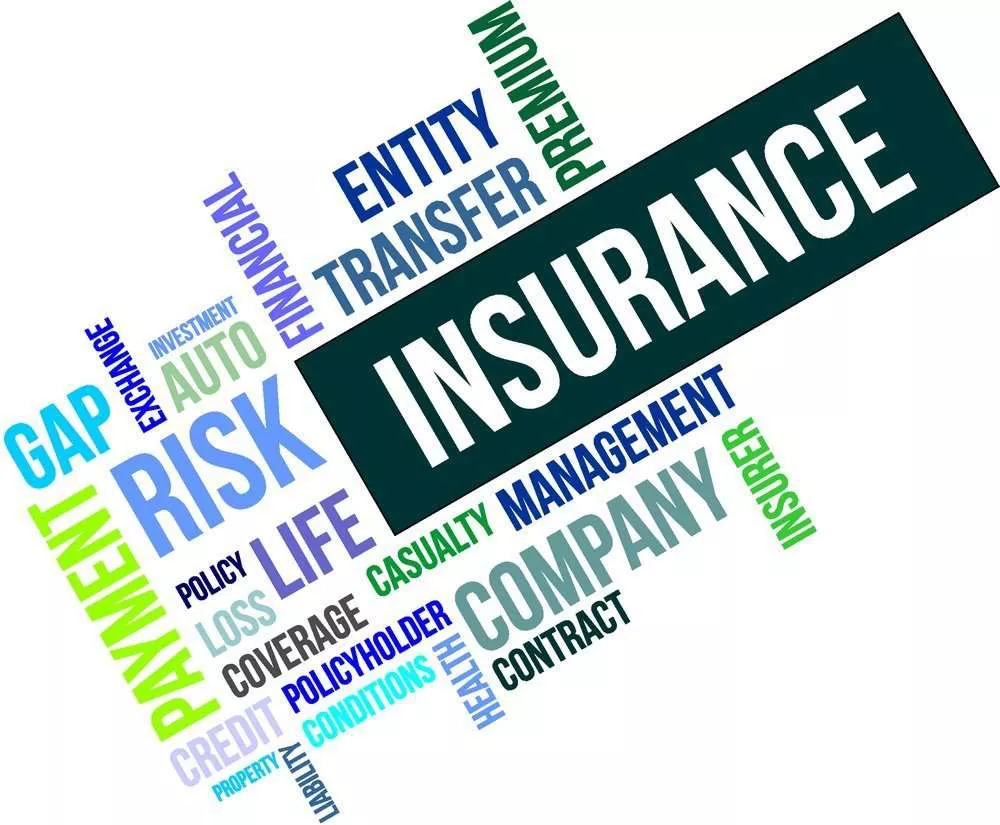Group accident insurance is a type of insurance policy designed to provide financial protection to a group of people, typically employees of a company or members of an organization, against the risk of accidents. Unlike individual accident insurance policies, group accident insurance covers multiple individuals under a single contract, offering a cost-effective and convenient solution for employers and organizations to safeguard their people.
The importance of group accident insurance cannot be overstated. Accidents can happen unexpectedly, causing physical injury, disability, or even death. Such incidents often result in significant medical expenses and loss of income. Group accident insurance helps mitigate these financial burdens by providing compensation or benefits to the insured individuals or their families.
In today’s fast-evolving insurance market, group accident insurance is a popular benefit offered by many employers as part of a broader employee benefits package. It not only enhances workforce security but also contributes to employee morale and retention.
This article will explore the fundamental concepts of group accident insurance, its coverage scope, benefits, how it works, and its significance in various sectors. We will also examine the factors influencing the insurance price and how group policies differ from individual accident insurance plans. Finally, we will provide practical guidance on selecting and managing group accident insurance policies effectively.
What Is Group Accident Insurance?
Group accident insurance is an insurance policy that covers a predefined group of individuals against accidental injuries or death. The policyholder is usually an employer, association, or organization that purchases coverage for its members or employees. The policy provides lump-sum payments or scheduled benefits when an insured person suffers from an accident-related injury, permanent disability, or death.
The key distinction of group accident insurance lies in its collective nature, which often results in lower premiums per insured person compared to individual policies. It provides basic or comprehensive coverage options, including medical expenses, hospitalization, disability benefits, and accidental death compensation.
Coverage and Benefits of Group Accident Insurance
The benefits offered by group accident insurance can vary based on the insurer and the specific policy chosen. Typical coverage includes:
Accidental Death Benefit: A lump sum paid to the beneficiary if the insured dies due to an accident.
Permanent Total Disability: Compensation if the insured suffers a permanent disability that completely impairs their ability to work.
Permanent Partial Disability: Benefits for partial but permanent loss of a limb or sensory function.
Temporary Total Disability: Payments during the period an insured is temporarily unable to work due to an accident.
Medical Expense Reimbursement: Coverage for hospitalization and treatment costs related to an accident.
Emergency Medical Assistance: Some policies include ambulance services or emergency medical evacuation.
Some group accident insurance plans may also offer optional riders like critical illness coverage, daily hospital cash benefits, or disability income benefits, depending on employer preferences and budget.
Who Needs Group Accident Insurance?
Group accident insurance is widely adopted by employers across various industries such as manufacturing, construction, transportation, and services, where employees may face occupational hazards. It is also popular among professional associations, clubs, and educational institutions that want to protect their members.
For employers, group accident insurance provides a safety net that can reduce absenteeism, boost productivity, and demonstrate commitment to employee welfare. For employees, it offers peace of mind knowing they have financial protection in the event of unforeseen accidents.
How Does Group Accident Insurance Work?
When an organization purchases a group accident insurance policy, the insurer sets a total sum insured or benefit limit per person, which can be uniform or tiered based on employee roles or salary grades.
The employer pays a collective premium, usually calculated on a per-head basis or a fixed amount per group size. The insurance price depends on several factors including the group’s risk profile, the nature of work, coverage limits, and claim history.
In case of an accident, the affected employee or their family files a claim through the employer or directly with the insurer. The insurer then reviews the claim, verifies the accident details, and disburses the benefits as per the policy terms.
Factors Affecting Insurance Price in Group Accident Policies
Several factors influence the cost of group accident insurance, such as:
Group Size and Demographics: Larger groups with younger, healthier members generally attract lower premiums.
Industry and Occupation: Riskier jobs or industries with higher accident rates typically pay higher premiums.
Coverage Limits: Higher benefit amounts increase the insurance price.
Claims History: Groups with frequent past claims may face increased premiums.
Policy Terms: Inclusion of additional riders or extended coverage impacts cost.
Employers can negotiate terms and coverage levels to balance cost and protection, often with the assistance of brokers or through insurance trading platforms.
Advantages of Group Accident Insurance
Group accident insurance offers multiple benefits over individual policies, including:
Cost Efficiency: Bulk coverage reduces the per-person premium.
Simplified Administration: One policy for the entire group eases management.
Improved Employee Welfare: Promotes a culture of safety and care.
Faster Coverage: No need for individual underwriting for most cases.
Customizable Benefits: Employers can tailor plans to meet specific workforce needs.
Limitations and Considerations
Despite its benefits, group accident insurance has some limitations to be aware of:
Uniform Coverage: May not suit individual needs perfectly.
Exclusions: Some policies exclude high-risk activities or pre-existing conditions.
Claim Limits: Benefits may be capped, limiting compensation for severe injuries.
Dependence on Employer: Coverage may end if employment terminates.
Employees should understand their coverage details and consider supplementary individual policies if needed.
Group Accident Insurance in the Modern Insurance Market
The evolving insurance market continuously shapes group accident insurance offerings. Innovations such as digital claims processing, telematics, and data analytics improve risk assessment and customer experience.
Insurers are developing flexible and affordable group policies, making it easier for small and medium enterprises to provide accident coverage. The rise of online insurance trading platforms also enhances transparency and competition, benefiting buyers with better pricing and options.
How to Choose the Right Group Accident Insurance Policy
When selecting a group accident insurance policy, organizations should:
Assess the workforce risk profile and coverage needs.
Compare quotes from multiple insurers.
Evaluate coverage scope, benefit limits, and exclusions.
Consider insurer reputation and claims service quality.
Review insurance price against budget and value delivered.
Engaging an experienced insurance broker can provide valuable insights and negotiate favorable terms.
Conclusion
Group accident insurance plays a crucial role in protecting employees and organizational members from the financial consequences of accidents. It offers an affordable, manageable, and effective way to provide accident protection to a large group of people.
By understanding its features, benefits, and limitations, employers and organizations can make informed decisions that enhance workforce security and well-being. In the competitive insurance market, choosing the right group accident insurance policy is essential to balance protection and cost-effectiveness.
Ultimately, investing in group accident insurance is not just about compliance or risk management — it’s a demonstration of care and responsibility towards people’s safety and financial security.
Related topics:































